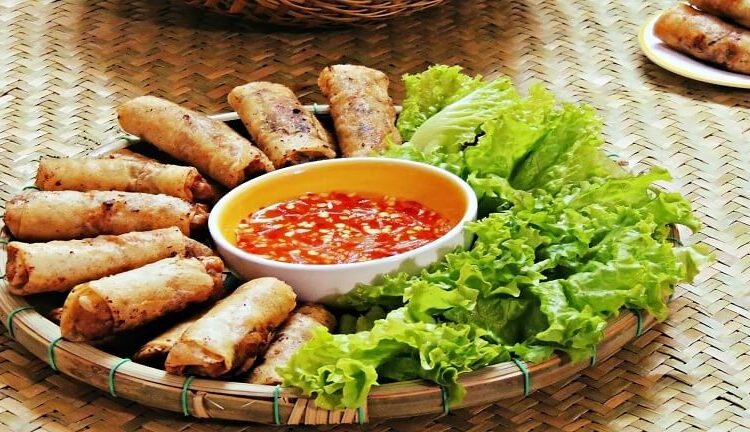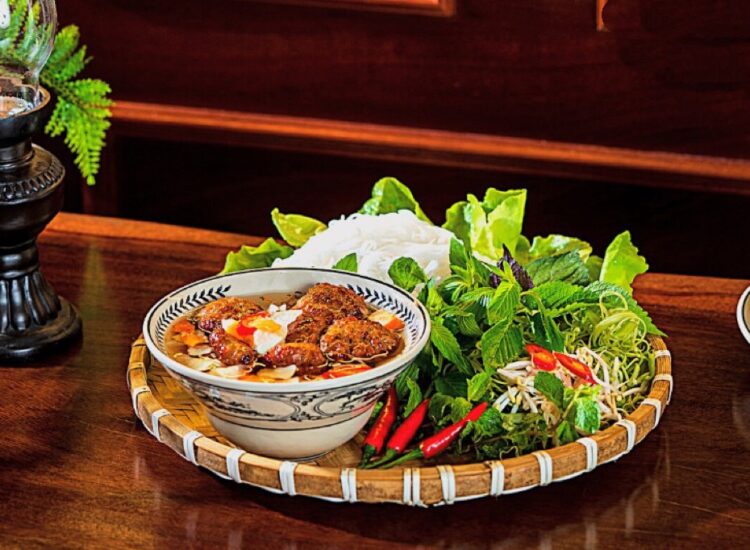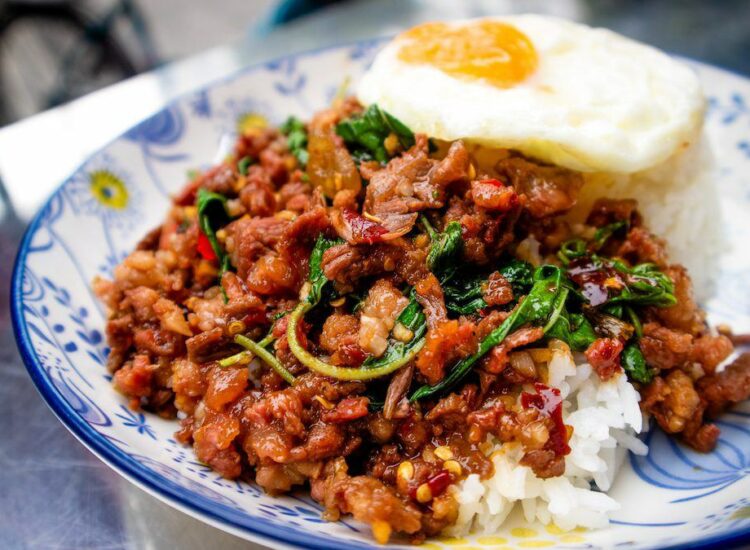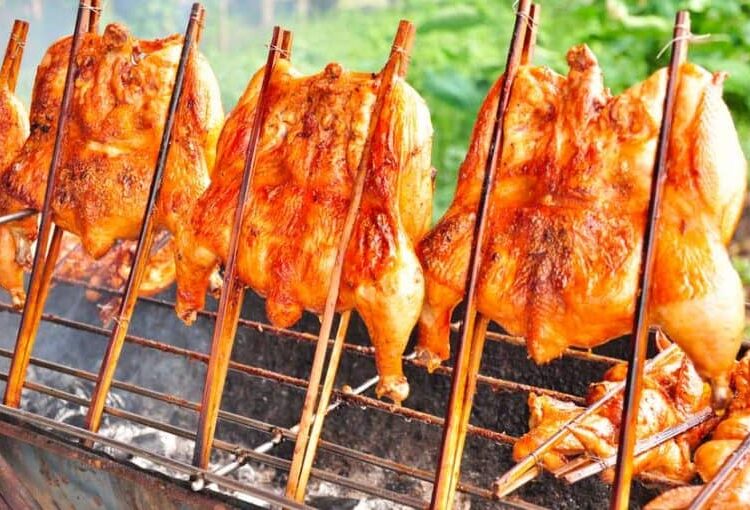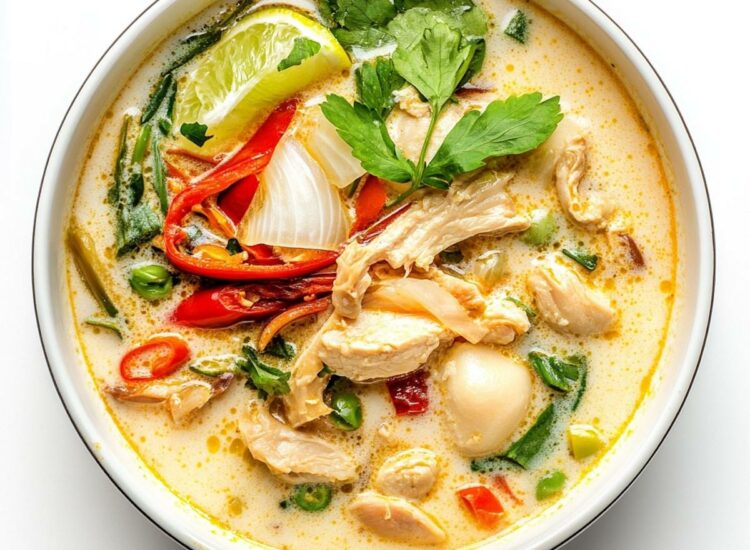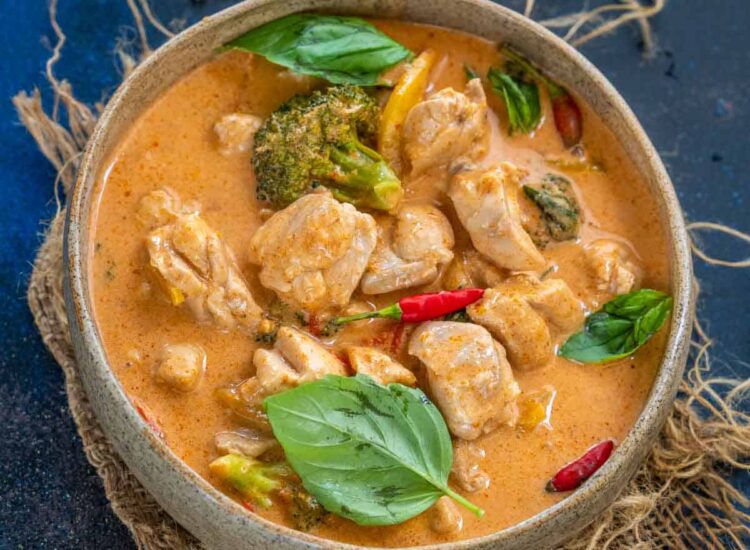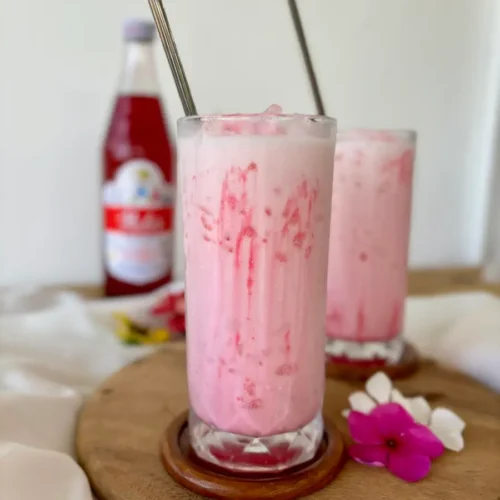While the term “Thai whisky” is commonly used, it’s a misnomer. Thailand doesn’t produce whisky in the traditional sense, which requires the use of fermented grain mash (barley, corn, rye, wheat). Instead, Thailand produces distilled spirits from sugarcane, making them closer to rum or rhum agricole. This comprehensive exploration delves into the world of these Thai sugarcane spirits, examining their history, production, key brands, cultural significance, and the nuances that differentiate them from traditional whiskies.

I. The History of Distillation and Sugarcane in Thailand:
Sugarcane cultivation has a long history in Southeast Asia, including Thailand. The introduction of distillation techniques, however, is a more recent development, likely arriving through trade and cultural exchange.
- Influence of Trade Routes: Distillation methods likely arrived via trade routes with the Middle East, India, or European traders during the colonial era. These exchanges introduced the technology and knowledge necessary for producing distilled spirits.
- Early Distillation Practices: Initially, distillation was likely a small-scale, localized practice, producing spirits for personal consumption, traditional ceremonies, or medicinal purposes.
- Commercial Production Emergence: The commercial production of Thai sugarcane spirits began in the early to mid-20th century. This era saw the establishment of larger distilleries and the development of recognizable brands.
II. Defining the Difference: Thai Sugarcane Spirits vs. Whisky:
The fundamental difference lies in the base ingredient:
- Whisky’s Grain Base: Whisky is defined as a distilled alcoholic beverage made from fermented grain mash. The specific grain used dictates the type of whisky: malted barley for Scotch, corn for Bourbon, rye for Rye whisky, and so on.
- Sugarcane as the Foundation: Thai spirits, on the other hand, are distilled from fermented sugarcane juice or molasses. This makes them significantly different from whiskies and places them in the rum or rhum agricole category.
- Rum vs. Rhum Agricole: Rum is typically made from molasses, a byproduct of sugar refining. Rhum agricole, primarily produced in French Caribbean islands, is made directly from freshly pressed sugarcane juice. Some Thai distillers use a blend of both methods.
III. The Production Process of Thai Sugarcane Spirits:
Related articles 01:
1. https://chobangkaewthai.com/best-thai-food-of-2025
2. https://chobangkaewthai.com/a-journey-through-time-unraveling-the-history-of-massaman-curry
3. https://chobangkaewthai.com/nem-ran-cha-gio-tinh-hoa-am-thuc-viet-nam-vuon-tam-the-gioi
4. https://chobangkaewthai.com/penang-curry
5. https://chobangkaewthai.com/thai-beer-the-drink-that-beats-summer-fatigue
The production process involves several key steps:
- Sugarcane Harvesting and Extraction: Sugarcane is harvested and processed to extract the juice. This can be done through crushing or pressing. The quality of the sugarcane and the extraction method significantly impact the final product’s flavor.
- Fermentation: The extracted sugarcane juice or molasses is mixed with water and yeast. The yeast converts the sugars into alcohol and other flavor compounds during fermentation. This process can last from a few days to several weeks, depending on the desired flavor profile.
- Distillation: The fermented liquid, now containing alcohol, is distilled in stills. Pot stills, which are more traditional and produce spirits with more complex flavors, or column stills, which are more efficient for large-scale production, can be used.
- Aging (Varying Practices): While some Thai sugarcane spirits are aged in oak barrels (often ex-bourbon barrels), many are sold unaged or with very short aging periods. Aging imparts color, smoothness, and additional flavors to the spirit. The lack of extensive aging is a key differentiator from most whiskies.
- Blending and Bottling: After distillation and aging (if applicable), the spirit may be blended to achieve a consistent flavor profile. It is then diluted with water to the desired alcohol content and bottled.
IV. Notable Brands of Thai Sugarcane Spirits:

- Mekhong: Often dubbed “The Spirit of Thailand,” Mekhong is perhaps the most internationally recognized Thai spirit. It’s a blended spirit based on sugarcane molasses and rice, with a secret blend of herbs and spices. This blend gives Mekhong its unique aroma and slightly sweet, spicy flavor.
- SangSom: A popular rum made from molasses, SangSom is known for its smooth taste and affordability. It’s widely enjoyed both neat, on the rocks, and in mixed drinks.
- Hong Thong: Another widely available and budget-friendly Thai spirit distilled from sugarcane. It’s often mixed with soda water and ice for a simple and refreshing drink.
- Local and Craft Distilleries: A growing number of smaller, craft distilleries are emerging in Thailand, producing high-quality sugarcane spirits with diverse flavor profiles. These distilleries are experimenting with different sugarcane varieties, fermentation techniques, and aging methods, contributing to a more dynamic and diverse spirits landscape.
V. The Cultural Context of Thai Spirits:
Sugarcane spirits are deeply embedded in Thai social customs:
- Social Lubricant: Sharing a bottle of Mekhong or SangSom is a common way to bond with friends and family, especially during celebrations and social gatherings.
- Food Pairing Traditions: Thai cuisine, known for its complex balance of sweet, sour, salty, spicy, and bitter flavors, often finds a complement in the sweetness and subtle spice of Thai sugarcane spirits.
- Affordability and Accessibility: These spirits are generally affordable, making them accessible to a broad segment of the population.
VI. Flavor Profiles: Beyond “Whisky”:
It’s crucial to understand that the flavor profiles of Thai sugarcane spirits are distinct from whisky:
- Sweetness: A noticeable sweetness derived from the sugarcane is a common characteristic.
- Spice and Aromatics: Depending on the brand and production method, notes of spice, molasses, caramel, and tropical fruits can be present. Mekhong’s herbal infusion adds a unique layer of complexity.
- Lack of Peatiness (Typically): Unlike some Scotch whiskies, Thai sugarcane spirits rarely exhibit peaty or smoky flavors.
VII. Enjoying Thai Sugarcane Spirits:
Related articles 02:
1. https://chobangkaewthai.com/bun-cha-a-culinary-journey-into-vietnams-iconic-grilled-pork-and-noodles
2. https://chobangkaewthai.com/nom-yen-a-refreshing-drink-not-to-be-missed
3. https://chobangkaewthai.com/a-journey-through-time-unraveling-the-history-of-massaman-curry
4. https://chobangkaewthai.com/nem-ran-cha-gio-tinh-hoa-am-thuc-viet-nam-vuon-tam-the-gioi
5. https://chobangkaewthai.com/oliang-thai-coffee-you-shouldnt-miss
- Neat or with Ice: Some aged expressions can be appreciated neat or with a single ice cube to allow the flavors to open up.
- Mixers and Cocktails: Most commonly, these spirits are mixed with soda water, cola, or other soft drinks. They also form the base for various cocktails, adding a local twist to classic recipes.
VIII. Addressing the “Thai Whisky” Misconception:
The continued use of “Thai whisky” is a source of confusion. Emphasizing the sugarcane base and the spirit’s similarity to rum or rhum agricole provides a more accurate understanding.
IX. The Future of Thai Distilling:
The rise of craft distilling in Thailand is a promising development. It indicates a growing interest in higher-quality spirits and a desire to explore the full potential of Thai sugarcane. This trend could lead to the development of more premium and internationally recognized Thai sugarcane spirits in the future.
X. Conclusion:
Thai sugarcane spirits, while often referred to as “Thai whisky,” represent a distinct category of distilled beverages. Their unique production methods, reliance on sugarcane, and cultural significance set them apart from traditional whiskies. Understanding these differences is essential for appreciating the rich and diverse world of spirits. This exploration highlights the essence of these Thai spirits, offering a clear understanding of their origins, production, and cultural context.

